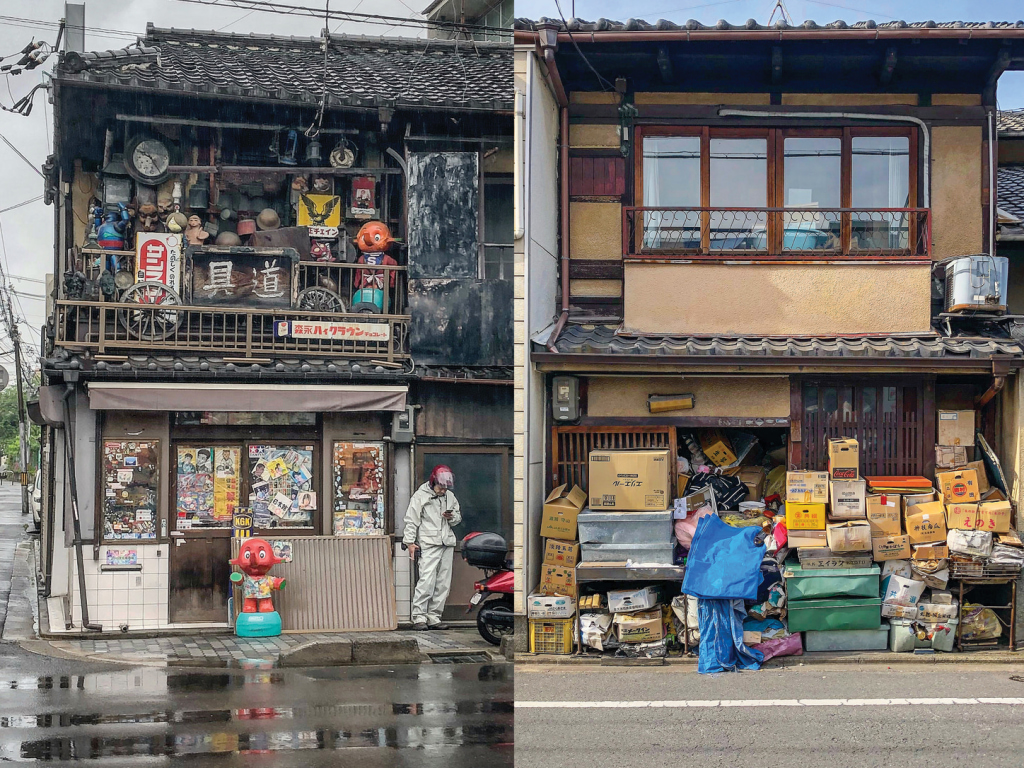Kyoto is an iconic location, synonymous with photogenic imagery of autumn leaves, glimpses of geisha and serene temples. But the former capital of Japan has much more to offer than the traditional tropes of common guide books. John Einarsen’s series of photo books, released under the title Small Buildings of Kyoto, showcase the relatively unsung and often overlooked structural oddities and charming underdogs of the city’s architectural landscape. The series started as casual Instagram content but proved to be so popular it ended up spawning two books, and continues to grow.
The diverse forms of the buildings blend together various eras, styles and functions with the conscious inclusion of figures passing by providing not only a sense of scale, but also a reminder of the people who interact with the city every day. Einarsen himself has spent the past 35 years living in Kyoto, founding the award-winning volunteer-based quarterly cultural magazine Kyoto Journal in 1987. Just as the magazine celebrates Kyoto and creates a platform for promoting local cultures across Asia and beyond, the modest-sized Small Buildings books share a delightful, fresh and authentic insight into the remarkable city.
We caught up with the photographer, teacher and editor to find out more about his work, his latest book and Kyoto’s enduring appeal…
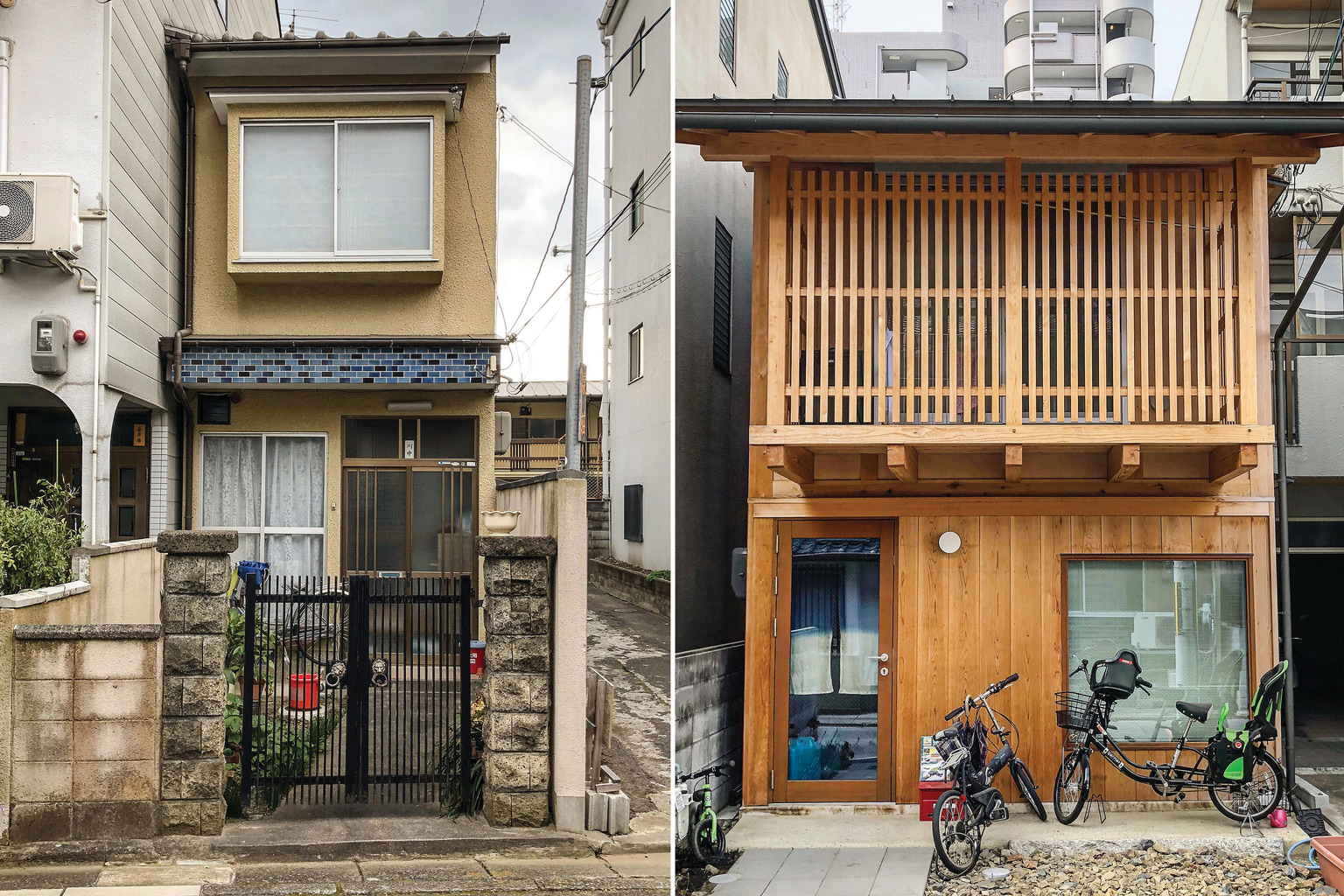
What first attracted you to Kyoto and what has kept you there for more than three decades?
All the visible layers of history and all the expressions of beauty that one finds throughout the city – from a finely crafted kyogashi (Kyoto-style wagashi sweet) to the perfect arrangement of stones at Ryoan-ji Temple – truly touched me. But after all this time I still don’t think I have exhausted all that there is to discover about the city. It never feels old.
Are the small buildings in the books located in any particular area of Kyoto, and do you discover them all yourself?
They are located all over the city and, yes, I found them all myself, usually when bicycling to work or going here and there on errands. I try to take different streets whenever I bicycle through the city. I never go out purposefully to photograph the small buildings.
How does using an iPhone for this series compare with your other photography work? What are some of the advantages and limitations?
The iPhone is perfect because it is easy to carry around, captures a wide variety of tone and detail, and works well in poor light. One limitation is that its lens is not wide enough to capture buildings on narrower streets, and of course, prints are limited to about 15 x 15 cm in size before they start deteriorating in quality. They’re great fun to use, and it’s amazing to think that sending or posting photos from them has become one of the major ways we communicate in the world today.
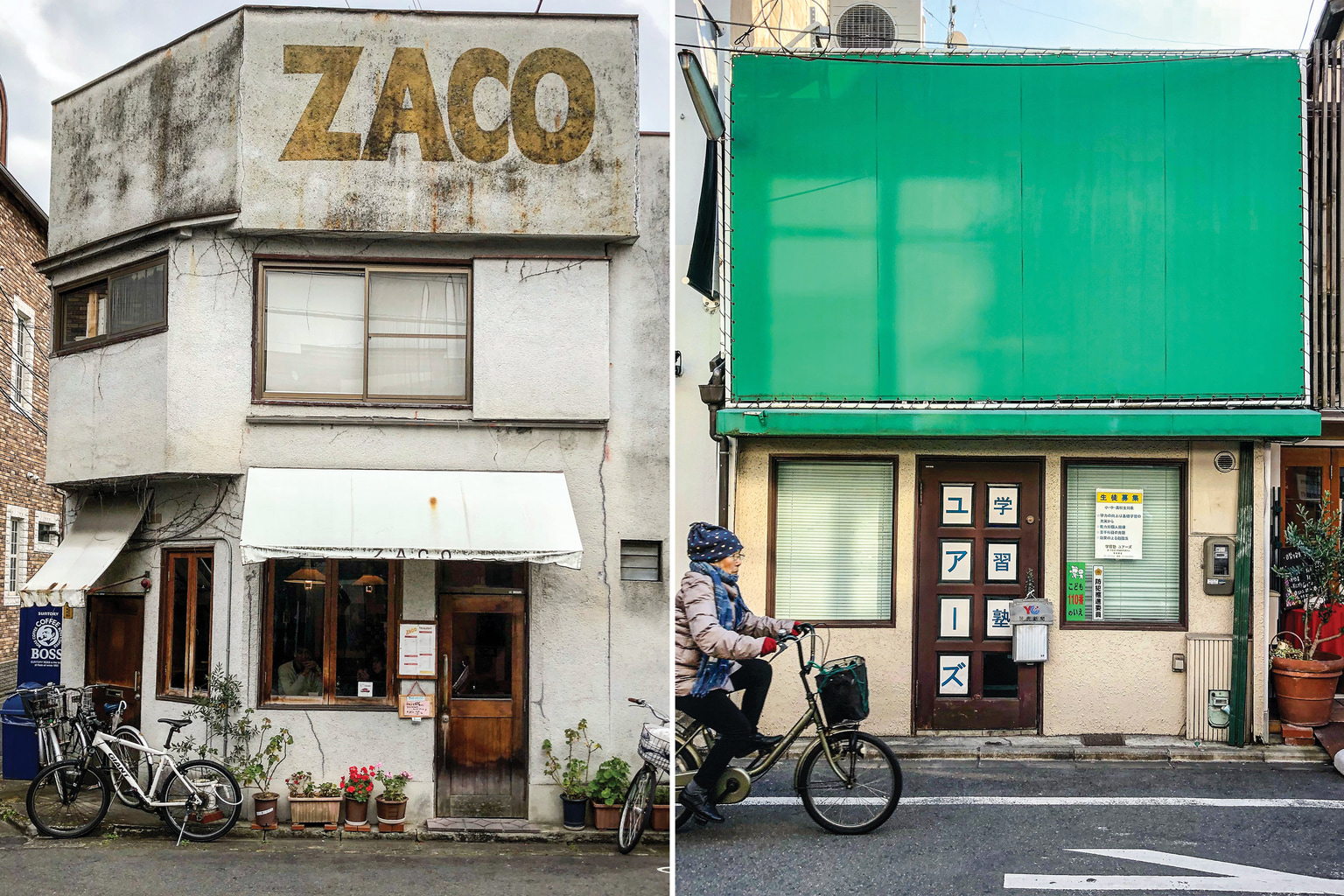
Tell us about your usage of Miksang contemplative photography. Are there any areas of this practice that overlap with your Small Buildings series?
Miksang, which means “good eye” in Tibetan, is about true “seeing” – seeing without your filters, likes and dislikes, or the influence of the image-making world. It is seeing things as they are with clarity and stillness, and then being able to express that perception of that moment in a photograph. Usually we are too speedy, distracted, impulsive or ambitious to truly appreciate the richness of things. We are always skimming through the world. Yet, when you stop and become still, seeing becomes a great joy. Miksang has many practices that help us to see more clearly. The point where Miksang and Small Buildings meet is in the appreciation of the ordinary. The ordinary things around us are extraordinary when we notice them deeply.
Do you think the small buildings are a reflection of the inhabitants of the city? Have you had any feedback from Kyoto residents regarding the books?
Yes, many buildings are a reflection of their occupants and it is easy to see an owner’s personality expressed in a building, or what they place around it: bicycles, potted plants, figurines…
Kyoto’s creative scene is a small and friendly community, but also really valuable as a source of support and feedback. It was my colleagues at the Journal that told me we should make the book. As the first has sold out we decided to make a second, but this time we’re distributing it in Japan and overseas too, which is exciting. Naturally there is some overlap between the audience of Kyoto Journal magazine and the book, but I think the book has a quality that makes it more immediately accessible to those not familiar with the city. Its diminutive size makes it quite appealing too: like you are holding these little buildings in your hands.
Since you first began the project have you noticed any of the buildings changing? Are the older small buildings at risk of disappearing and are new small buildings still being built?
Some of the buildings I have photographed have been torn down and are gone. This is a common reality in Kyoto. Now and again followers on Instagram will come across a building that I photographed and tag us, which is a nice reminder that people care about what happens to them. Sometimes traditional architecture is celebrated by incorporating elements into the design of new builds these days, to create a kind of modern-traditional hybrid, which is quite cool too.
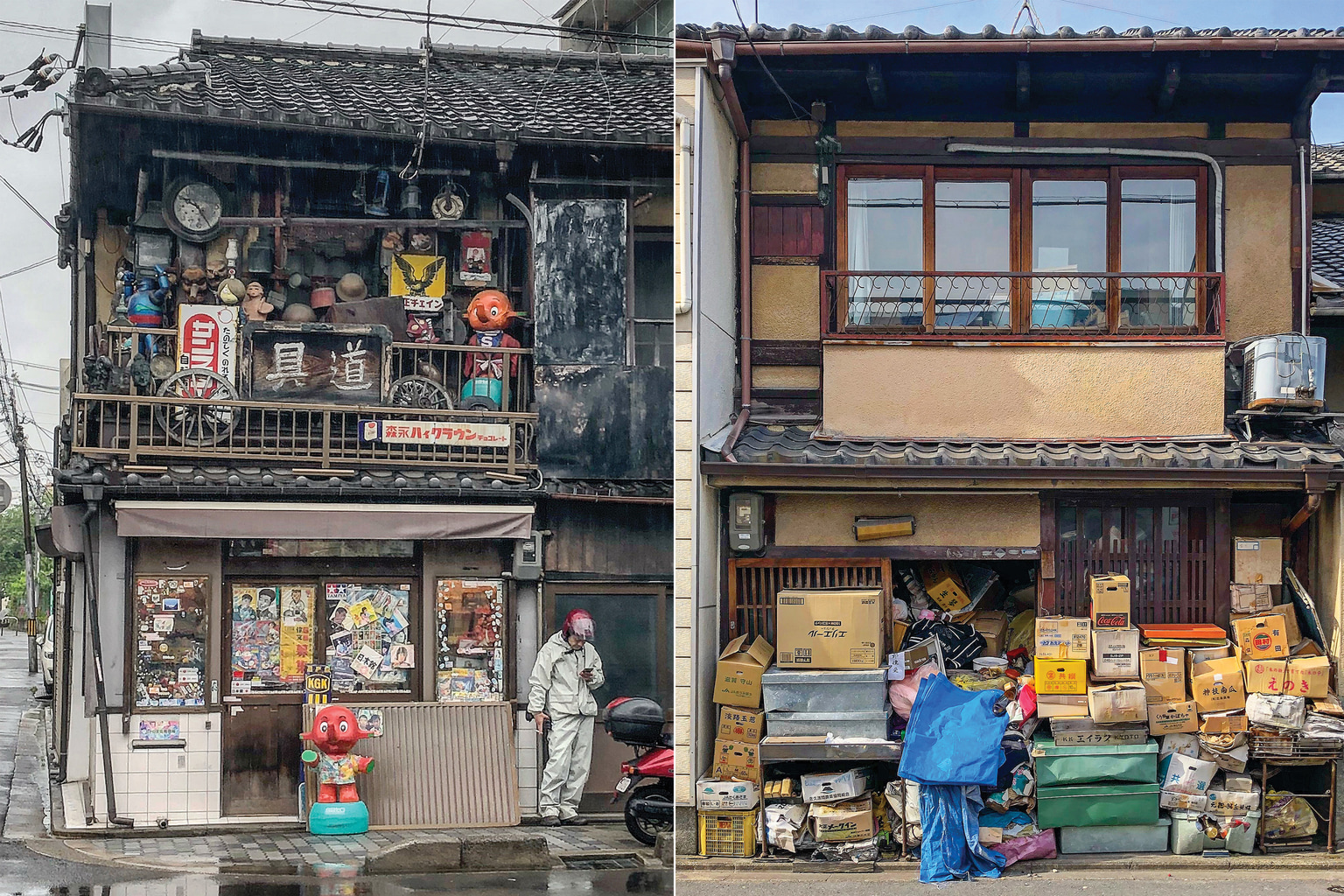
Do you have any particular favorites?
Many. Sometimes I photograph the same building in different light. Some are like old acquaintances. I am happy when I encounter one I have photographed before. One of my favorites is the building that caught fire. It is in my neighborhood and it was a mom and pop grocery. I always think about them…
For anyone visiting Kyoto for the first time, and maybe even those who have visited before, do you have any tips or recommendations for exploring the city?
Kyoto is really an embarrassment of riches, but I always tell people that if there is one thing to see, it is the wooden sculpture of the Miroku Bosatsu at Koryu-ji Temple. It is one of the most divine sculptures on the planet. Also, walk along the hills, east or west, since this is where so many temples were built, and where you can see how Japanese culture interfaced so harmoniously and creatively in so many ways with nature. And then there is the food…!
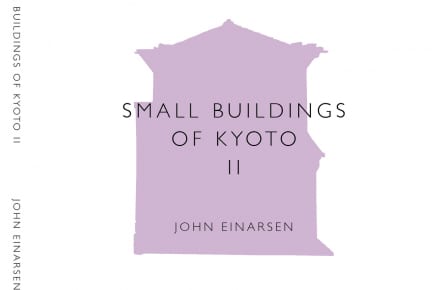
Small Buildings of Kyoto: Volume II is available on www.kyotojournal.org and Amazon for around ¥1,800. For those interested in learning more about Miksang photography, John will be hosting his first workshop on the subject from May 8-12 in Kyoto. For more information, visit www.kyotojournal.org

